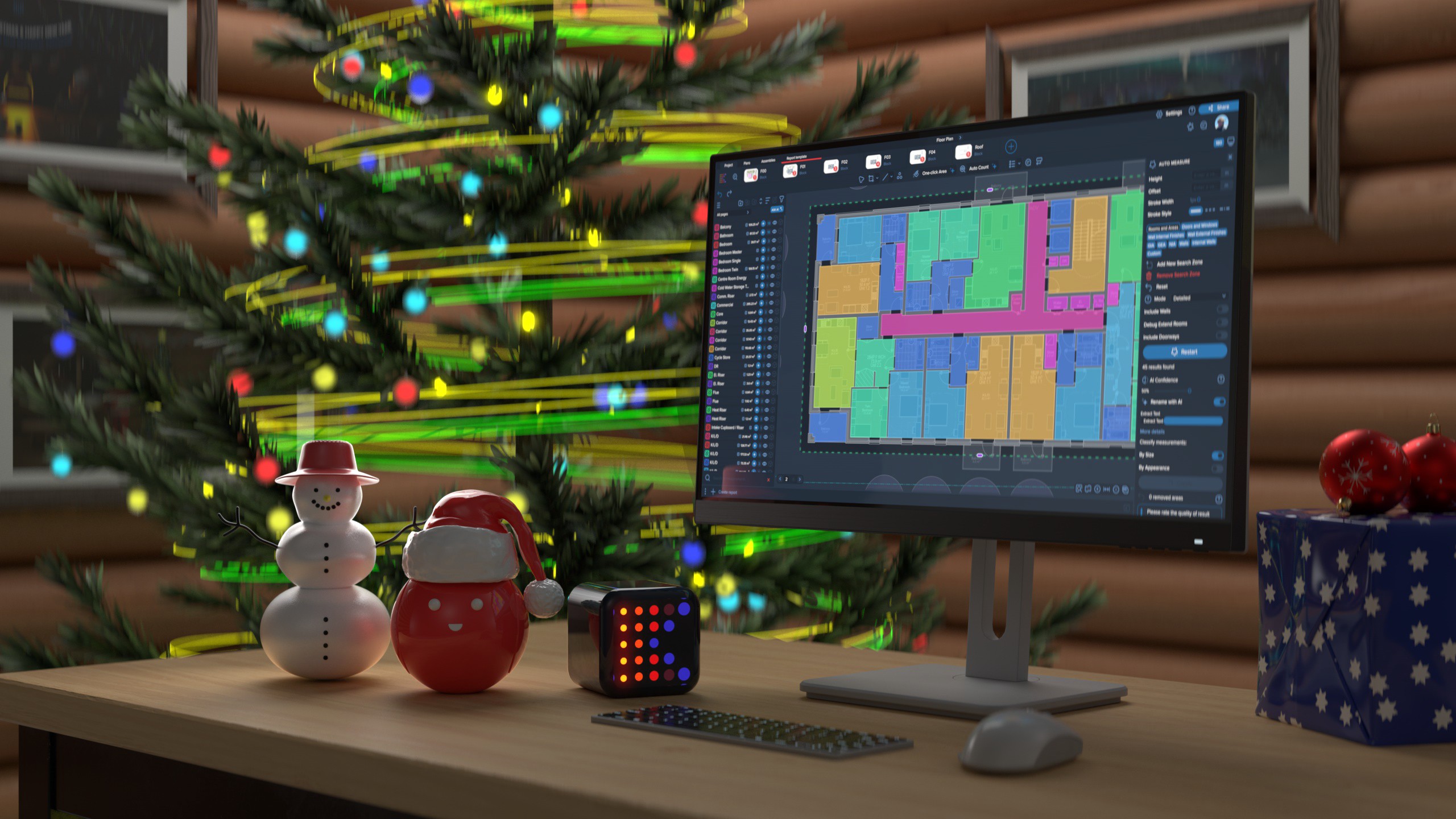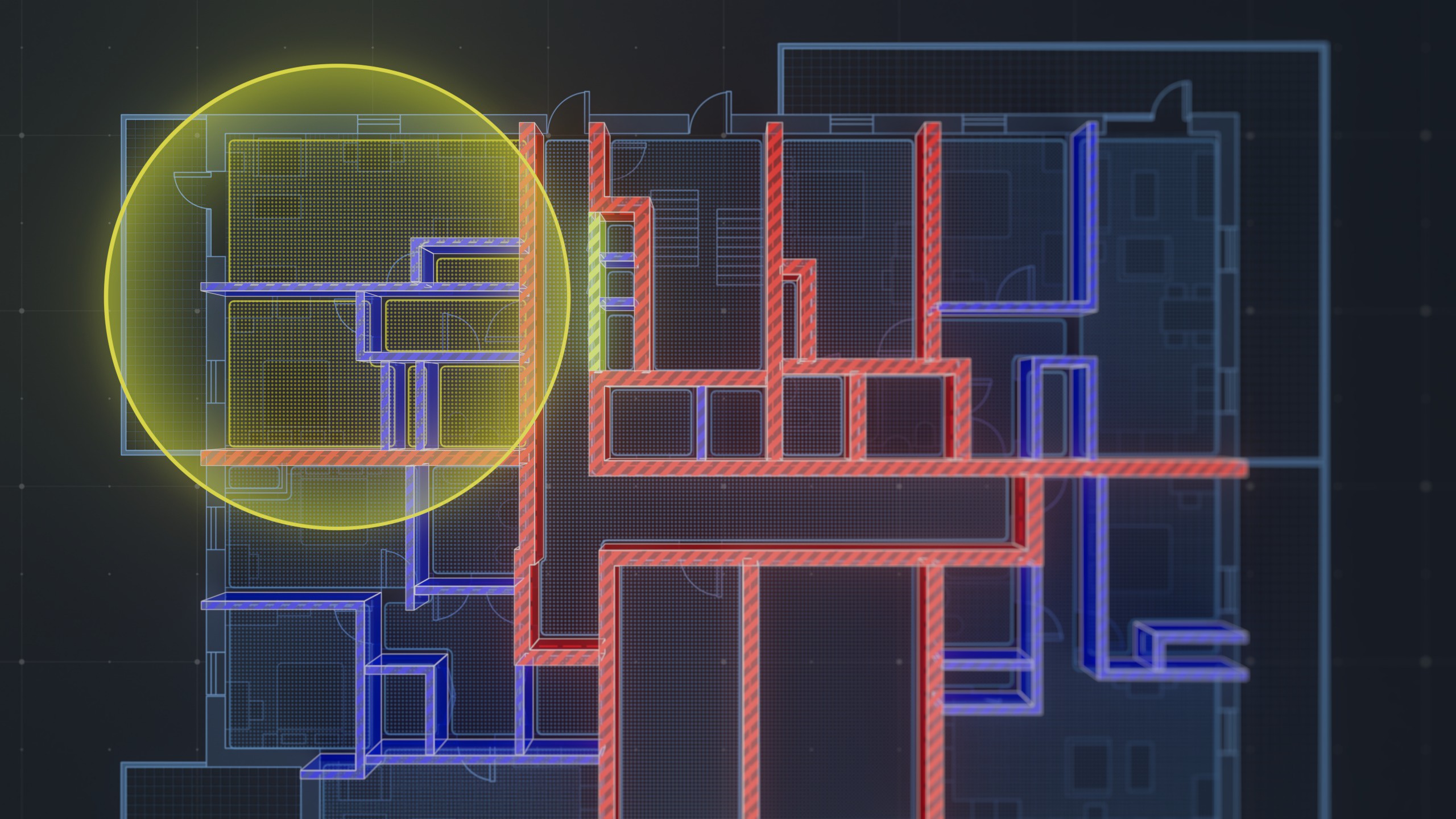Companies in a variety of industries are increasingly relying on artificial intelligence (AI) for certain tasks. The construction industry is a large growth area. In 2024, the market for AI products in construction is worth $3.99 billion. By 2029, forecasts suggest that figure will rise to $11.85 billion.
AI tools can automate routine tasks like tracking inventory, taking measurements, and organizing data. For instance, AI software helps with permitting and compliance by sifting through data on local building codes and finding all rules relevant to a project.
Inventory management is one area where AI offers significant time-saving benefits. It can assess supply chain data and monitor materials in real time. AI-powered estimation tools can increase the accuracy of planning and inventory ordering to limit the chances of material surplus or shortage.
Here is a closer look at how AI can address the challenges of inventory management in construction.
Streamlining Procurement
AI uses algorithms to simplify decision-making. For procurement, this means AI software can calculate the costs, shipping times, and quality of potential materials sources. Procurement specialists can use this information to select the best materials source for the project. Since AI automatically collects all this information, it saves time and allows the procurement team to focus on negotiating prices and finding ways to streamline shipping.
AI can also automate materials estimations. For instance, software can compile measurements using building blueprints. The accurate measurements ensure you can start the procurement process with material quantities in mind. You can focus your search on the materials and quantities you need. These details can help refine your search for suppliers and provide your clients with accurate cost estimates.
Creating More Accurate Cost Estimates
Inventory management starts long before a construction project’s materials enter the supply chain. During project takeoff, AI-powered inventory estimates can ensure accurate quantity estimates. Not only does this help avoid waste or shortages during the project, but it can also help with budgeting.
For example, AI software can read blueprints and get data from building information modeling (BIM) plans. It can estimate the quantity and type of materials and calculate costs based on current market prices. Contractors can then use the estimates for bidding on projects or give them to their clients to help explain the pricing of materials.
Enhancing Sustainability Efforts
AI can also help with sustainable materials selection. The software can analyze different variables related to sustainability, such as source and carbon emissions during shipping. It can then help contractors find the materials with the lowest overall environmental impact.
AI is helpful because it can automatically calculate all factors impacting sustainability. For instance, a product might be sustainably sourced, but if it requires shipping from the other side of the globe, its carbon emissions could negate the environmental benefits.
AI can also help balance sustainability and overall cost. Here is a look at four common sustainable materials and how AI can balance sustainability and cost.
- Steel estimation software can assess the overall length and also calculate dimensions for each steel component in the building.
- Concrete estimation tools can automatically calculate volumes for different components, including walls and foundations.
- Drywall estimators can calculate additional materials like insulation or studs to provide more accurate costs and a more complete picture of the sustainability of interior walls.
- Masonry estimates powered by AI can offer estimates per unit of work, allowing for pricing that includes brick, mortar, and labor.
With an increased interest in green construction, contractors can meet clients’ sustainability demands by using AI to find cost-effective and environmentally friendly materials.
Real-Time Stock Monitoring
Traditional construction inventory management relies on manual updates and periodic checks. Major changes between checks could lead to situations where you run out of stock and experience delays. AI-powered inventory management tools are revolutionizing this process by enabling real-time stock monitoring. They use connected sensors and automated data collection to provide a constant stream of information on material usage and stock levels across the project site.
This real-time visibility allows protective decision-making. For instance, imagine receiving an immediate alert when lumber supplies dip below a critical threshold. You can place an order and receive new materials before your current stock runs out.
AI can also analyze usage data to predict future material needs, ensuring a steady flow of materials and minimizing disruptions. Additionally, real-time data allows for better coordination with suppliers, potentially leading to cost savings.
Reduced Costs
AI can facilitate cost-saving practices like just-in-time ordering. It monitors materials usage and calculates when additional stock is needed. It can then find the correct amount for resupply and the shipping time necessary for it to arrive on the job site. This strategy eliminates surplus and waste at the end of the project, and it ensures you only pay for what you actually use.
AI can also analyze usage data to predict future material needs, ensuring a steady flow of materials and minimizing disruptions. Additionally, real-time data allows for better coordination with suppliers, potentially leading to cost savings.
Finally, accurate estimates during takeoff allow you to procure most materials in a single shipment, reducing transportation costs and limiting the risk of delay due to a lack of materials.
Optimized Risk Management
Inventory-focused AI tools can also assist with risk management planning. For instance, algorithms can predict risks related to supply chain disruptions or materials price changes. With insights into these risks, you can create contingency plans or take other steps to mitigate the risks of not being able to get inventory from your primary source.
With the right plan in place, you can switch directly to secondary sources or backup supplies without causing project delays.
Integrating AI Into Your Inventory Management System
AI streamlines your inventory management efforts. However, integrating AI software into your operation presents some challenges, such as:
- Scalability: You will work on different construction projects, so you need AI tools that can scale up or down as needed. For instance, if your construction takeoff software is tailored for single-family homes, it might not be accurate for commercial or industrial projects.
- Data migration: Transferring historical data from existing systems can be time-consuming. Also, disorganized or poor-quality data can confuse AI models, leading to inaccuracies.
- Expertise: AI can require technical knowledge some construction teams lack. Training or hiring new employees to handle the new software can be costly and time-consuming.
Software selection is essential for dealing with these challenges. For instance, you can choose AI-powered takeoff software with an intuitive user interface and the ability to handle projects of different sizes and scopes. With properly formatted data and a cloud-based system for easy access, you can track inventory from the first estimate to the project completion.
AI can help streamline inventory management and deal with some of the challenges construction companies face when estimating materials needs and managing resources. However, you need to select the best tools for your needs and consider training and digital infrastructure to get the most out of this upgrade.




.png)